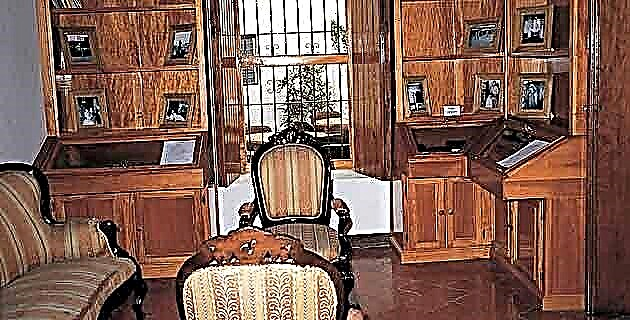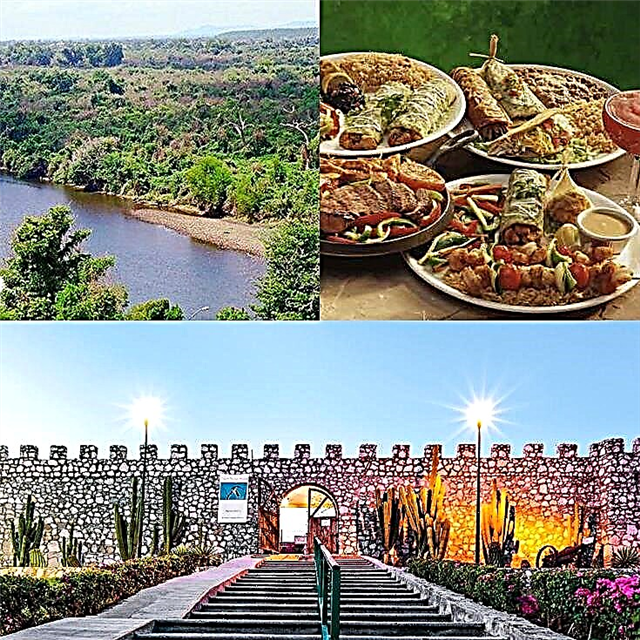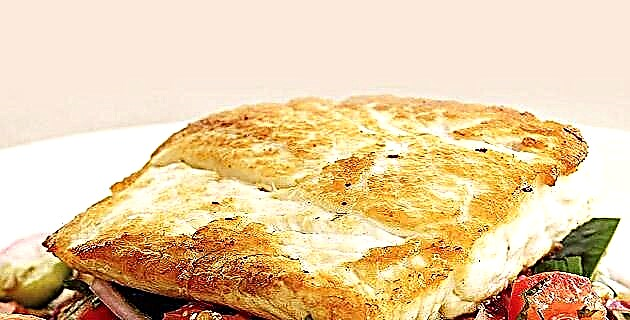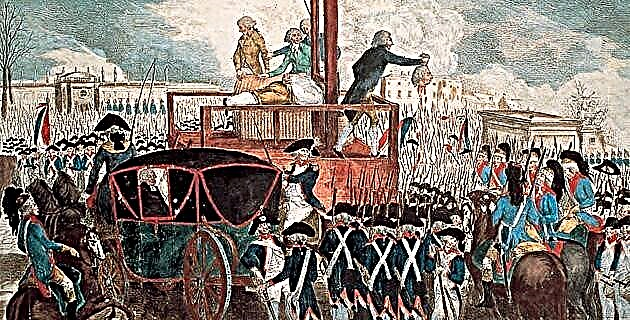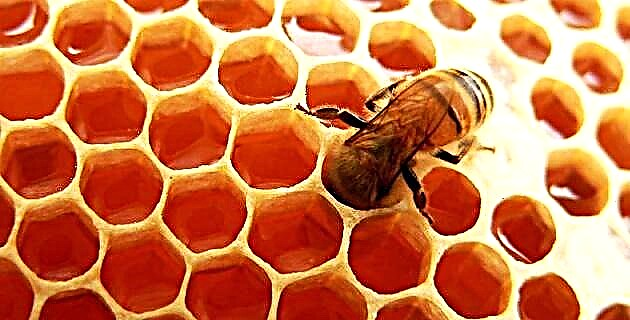
Ancient Mexicans raised Aboriginal bees of the genus Meliponas for honey and wax. The manufacture of tapers, candles and candles spread rapidly, both in convents and in civil populations.
Throughout the Viceroyalty there were several ordinances for the guild of chandlery, where the purity of the wax and the working methods were specified. The first was issued by Viceroy Martín Enríquez de Almanza in 1574. Others addressed to the candles and candlesticks were decreed by Viceroy Luis de Velasco Jr. and, later, by Diego Fernández de Córdoba, Marqués de Guadalcázar, and Francisco de Güemes y Horcasitas , First Count of Revillagigedo.
To date, the beeswax candles are handcrafted in the following manner: the wicks, which are thick cotton cords of a predetermined size, are suspended on a liana wheel hanging from the ceiling. The wax, whose original color is yellow, is melted in a pan; if white candles are required, the wax is exposed to the sun; if another color is needed, aniline powder is added. The casserole is placed on the ground and with a gourd or a small jar, liquid wax is poured over the wick. Once the excess drains off, the wheel is moved to bathe the next wick and so on. The operation is repeated as many times as necessary until the required thickness is obtained. Another method consists of tilting the wheel to bathe the wick directly in the melted wax.
The torches used for lighting in pre-Hispanic Mexico were replaced by candles. Elisa Vargas Lugo recounts "The festivities of the beatification of Rosa de Lima", which took place in Mexico in 1668, for which large stages were built that simulated chapels, gardens and rooms. The structure was illuminated with: three hundred oil glasses, one hundred long cases, one hundred candles and twelve four-wick axes. The ones on the outside frontispiece are five silver chandeliers with one hundred and twenty candles (the candles are white wax candles).
However, the most important role of tapers and candles is found in the religious framework: a procession cannot be conceived without each participant carrying one or more lit candles, nor can Christmas posadas - a custom outlined by Antonio García Cubas in Ia first half of the century - without the traditional candles.
During the feasts of the dead (November 1 and 2), thousands of candles light up the pantheons throughout the country, day or night, to receive with dignity the souls of the deceased who come to visit, and light them up so that find your way easily. They are famous at night illuminated in Janitzio, Michoacán and Mízquic, Federal District, but they are also used in many other towns.
In the Highlands of Chiapas, thin, conical and polychrome candles are made, with which the people of Chiapas make bundles (grouped by color) that, for sale, hang from the ceiling of the stores. On the floor of the churches, they can be seen lit and arranged in rows, illuminating the face of the indigenous people who give them to the saint of their devotion.
He prays aloud and, frequently, rebukes the sacred figure for not having granted him the long-implored favor, despite having offered him numerous candles on several occasions.
In the annual fairs of some towns on the small coast of Guerrero and Oaxaca, visitors go to the church with lighted candles and a bouquet of flowers, which they place on the altar after praying. The specialists who are dedicated to cleaning all the people who request it also use candles and flowers.
Candles are indispensable in almost all healings and propitiatory rites where different elements are also used, some of very local use, such as clay figures (in Metepec, State of Mexico, and Tlayacapan, Morelos, among others) or cut paper amate (in San Pablito, Puebla).
More general components are brandy, cigars, certain herbs and, sometimes, food, although the lighted candles that give solemnity to the environment are never missing.
Along with the new bees and the manufacture of candles, the technique of flaked wax came to Mexico, with which very popular objects are made to date. In general, they are candles or tapers profusely adorned with different figures –mainly flowers- that are used by devotees as offerings in churches.
The technique consists of forming (in clay or wooden molds) very thin layers of wax, sometimes in bright colors. To make closed models (such as fruits, birds and angels), two attached molds are used, and on the hollow side made on purpose, they are filled with liquid wax, and immediately blown through the hole so that the wax is distributed evenly, forming a single layer glued to the walls of the mold. Subsequently, it is immersed in cold water and, once the wax has set, the two parts of it are separated. For "simple" figures, a single mold of the appropriate size and shape is used.
The flowers are made in molds with handles (conical or hemispherical), which have grooves to delimit the petals. They are dipped several times in liquid wax, introduced into cold water and then the shape is detached, the silhouette indicated by the slot is cut out with scissors and it is modeled manually to give the desired finish. Sometimes the pieces are adhered directly to the candle or candle, and others are fixed by means of wires. Final decorations are luster paper, china and gold leaf.
In the state of San Luis Potosí, real wax filigrees are made, using flat wooden molds very similar to those used for engravings. The models vary according to the population: in Río Verde small architectural constructions (churches, altars, etc.) are used; in Santa Maria deI Río only white wax is used, and the filigree plates are combined with garlands of flowers attached to frames wrapped in crepe paper, with one or more candles in the middle; in Mezquitic the shapes are similar, but the multicolored wax is used. In all cases, they are large works that are placed on trays and snowed in procession to the church. The tradition of offering altars and rafts in the state of San Luis Potosí is quite old, dating back to at least the dawn of the 19th century: in 1833, the Vicar of Santiago deI Río, Fray Clemente Luna, organized the walk of the flowery rafts. , consisting of a tour of the streets that ended with the denial of the temple.
In Tlacolula, Teotitlán, and other towns in the Oaxaca Valley, candles richly adorned with flowers, fruits, birds, and an angel adorn the interior of the churches. Until recently, to ask for the hand of a girl, the groom and his relatives used to bring the bride's family bread, flowers, and an ornate candle.
Michoacán is another state where the tradition of flaked wax flourishes, in whose churches, during festivals, you can admire candles with large twigs of wax flowers. At Ocumicho, arches of scaled wax frame the images of saints that are carried in procession around the master of the church, along with richly ornamented tapers. In the Patamban festival, the main street is adorned with a very long sawdust mat: from section to section arches made of small jars - Patamban is a pottery town -, flowers, corn, or, in many cases, figures of scaled wax are placed. . People work since dawn to decorate their street, through which later the procession will pass that destroys all the ephemeral splendor.
In the Totonac and Nahua populations of the Sierra de Puebla, the sails acquire special relevance. Its decoration consists mainly of wax discs and wheels superimposed on candles, decorated in turn with premieres, flowers and other figures. For each party there is a butler in charge of donating them to the church, and it is in his house that the men of the place meet: several musicians play stringed instruments and each attendee is offered a drink, after which each one takes a candle. (which are placed in rows) to, accompanied by all the groups of dancers that perform at the party, go in procession to the church, carrying the Patron Saint of the place on their shoulders. The procession stops each time the tenants of a house offer food and flowers to the Saint. Upon reaching the church, everyone prays and the candles are placed on the altar.
There are many other places in Mexico where flaked wax is used, for example San Cristóbal de Ias Casas, Chiapas; San Martín Texmelucan, Puebla; Tlaxcala, Tlaxcala; Ixtlán deI Río, Nayarit, and many more. Large tapers, often adorned with figures cut out of glossy paper or painted motifs, are usually made in specialized candle shops that distribute them throughout the country.
The candle and flaked wax, ephemeral elements that are consumed with fire, impart a festive atmosphere of light and brilliance to community and family religious ceremonies, at the same time that they are ceremonial objects of great importance in the life of the Mexican, both indigenous and indigenous. as a mestizo.



